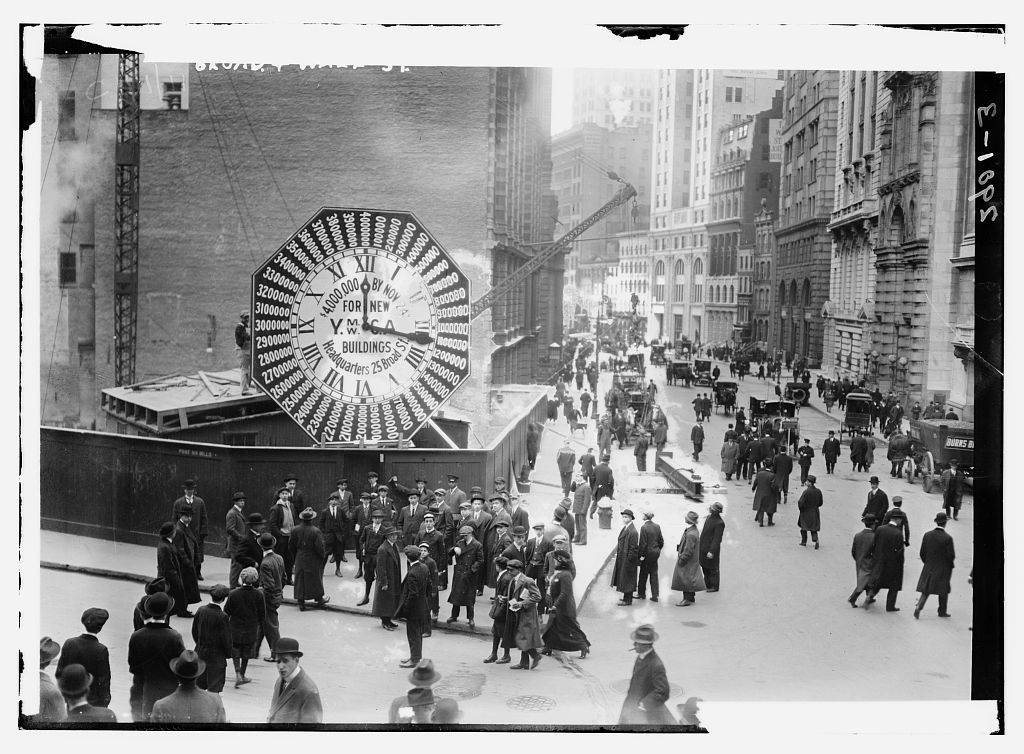
In this week’s episode of The Secret Life of Machines, hosts Tim Hunkin and Rex Garrod examine the history of timekeeping devices and the development in the mid-20th century of the all-electronic quartz watch.
By way of history, the episode reaches back about as far as possible with a quick overview of sundials. We also pass briefly through ancient Rome with its water clocks before arriving at the 14th century and the first “modern” clocks. Monks needed a reliable way to divide their prayer times, and by building on a series of related discoveries (the properties of the pendulum, first observed by Galileo; the invention of the escapement mechanism, etc.) constructed time-measuring devices capable of ringing a bell at regular intervals. Hunkin points out that the English word “clock” derives from the French word for bell, cloche. He also compares the 14th century monastic bell tower to a quartz wrist watch, explaining that the basic parts are actually quite similar. The components of the quartz watch–the display screen, the battery, the circuitry, and the quartz crystal itself–are simply the modern evolution of the bell/dial, the weights, gearing, and pendulum, respectively.
Following Garrod’s explanation of the pendulum and escapement workings, Hunkin turns to the quartz crystal and explains the parallels between the two. At the heart of any timekeeping device has to be a regulating device; the stable natural frequency of a vibrating piece of quartz provides an even higher degree of precision than the swinging of a pendulum. As for the quartz itself, Hunkin briefly explains the piezoelectric effect and how the electrical impulse supplied to the quartz via the battery and circuitry sets the crystal to vibrating at a steady frequency.
Hunkin visits the Clock Museum at Bury St. Edmunds to get a closer look at the continual miniaturization of timepieces from the 1500s onward. (That museum, unfortunately, appears to have closed in 2006; Lord Alan Midleton, however–the curator interviewed in this episode–continues to quite happily curate the even-more-extensive clock collection of the British Horological Institute.) By the 1840s, the increased popularity of and necessity for railway travel as well as the growing number of people employed by factories dramatically expanded the marketplace for cheap, reliable, portable timepieces. The drive to miniaturize culminated with the introduction during World War I of the wrist watch.
With all the components now in place for the development of the quartz wrist watch, the only thing left was to wait for the miniaturization of the necessary electrical components. This final piece of the puzzle fell into place with the debut in 1956/57 by the Hamilton Watch Company of the first all-electric wrist watch, the Ventura. The same company a few years later introduced the Pulsar, the first watch to feature the now-common seven-segment digital display.
The displays of the early Pulsar watches, however, featured bright red LEDs and to conserve battery strength could only be switched on for brief intervals. The final portion of this episode features an explanation of liquid crystal technology using a simple model made from two pieces of glass, conductive film, liquid crystal, and a pair of polarizing sunglasses. Hunkin also demonstrates a model of the quartz watch circuitry, explaining how the vibrations of the crystal are counted and divided into regular pulses which then switch the various portions of the LCD display on or off. Stay tuned to the very end of the program to learn why baking a watch in a low oven is actually a bad idea.


